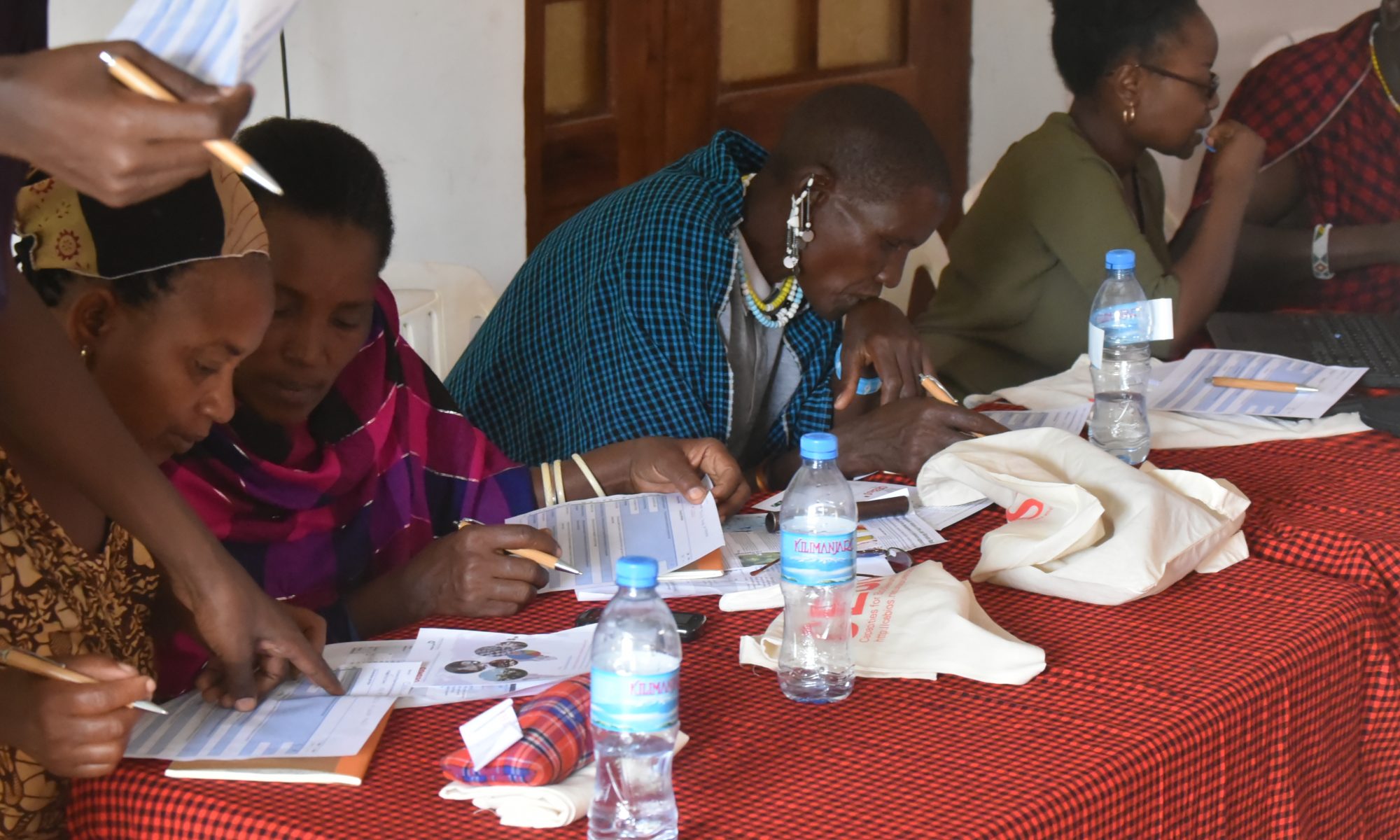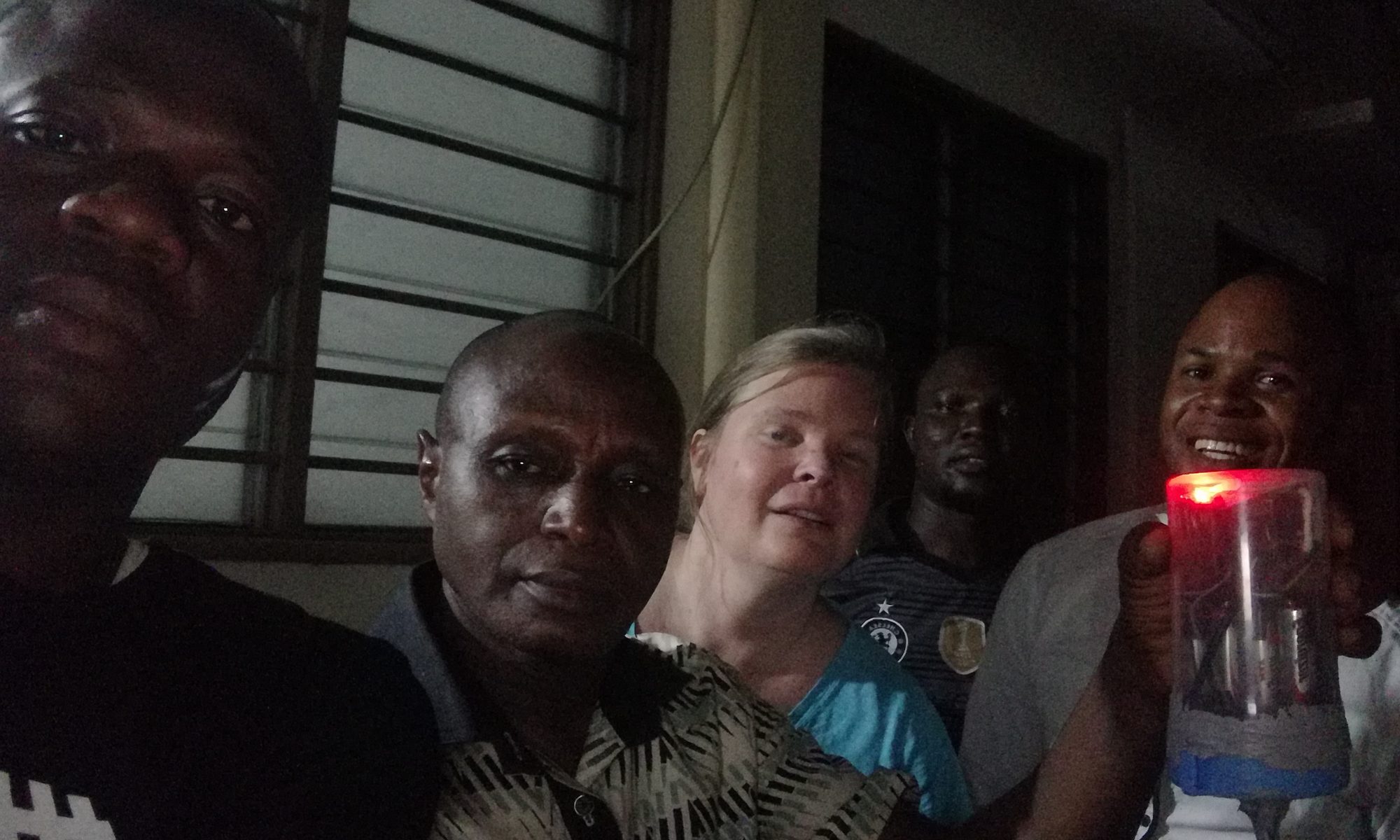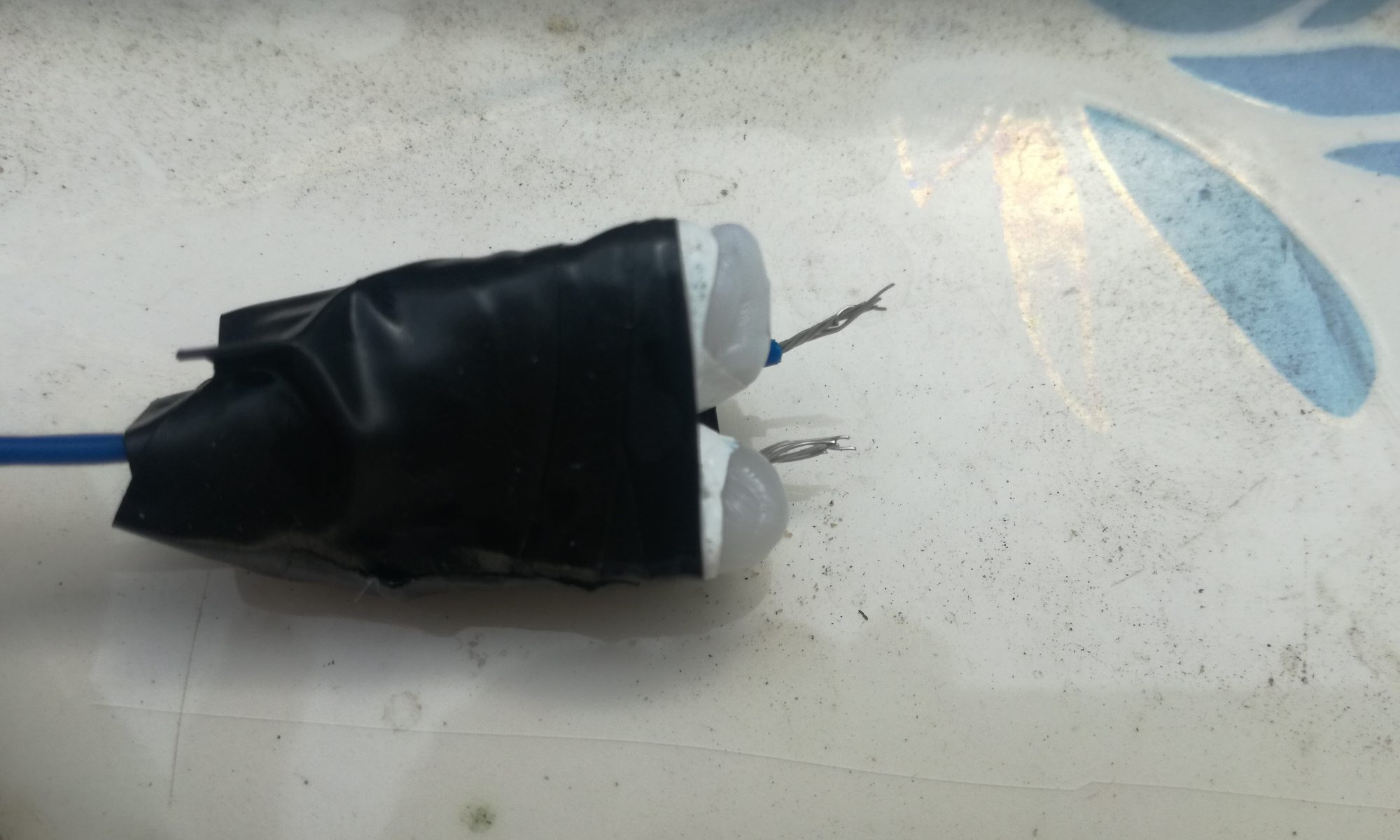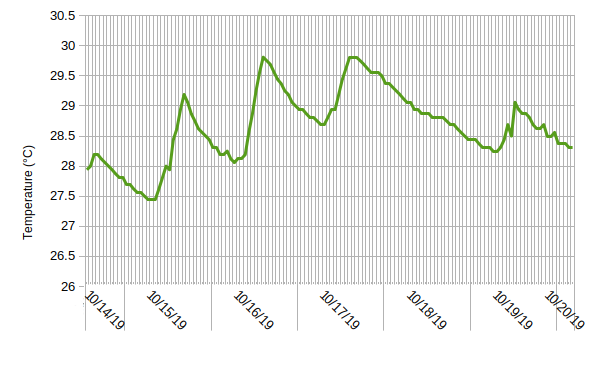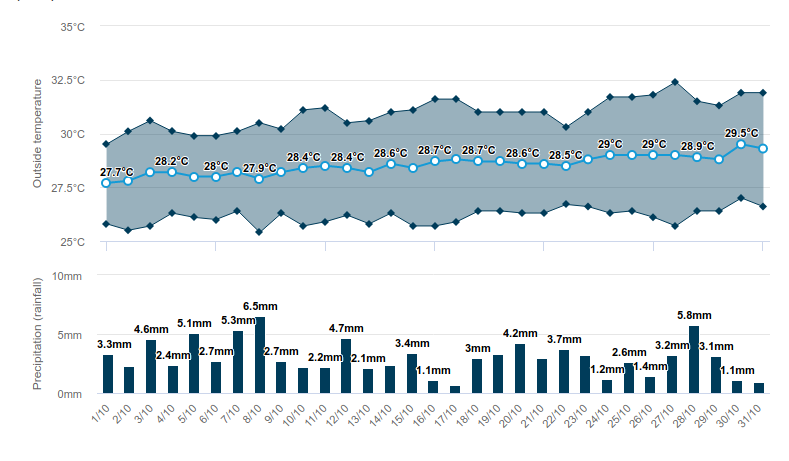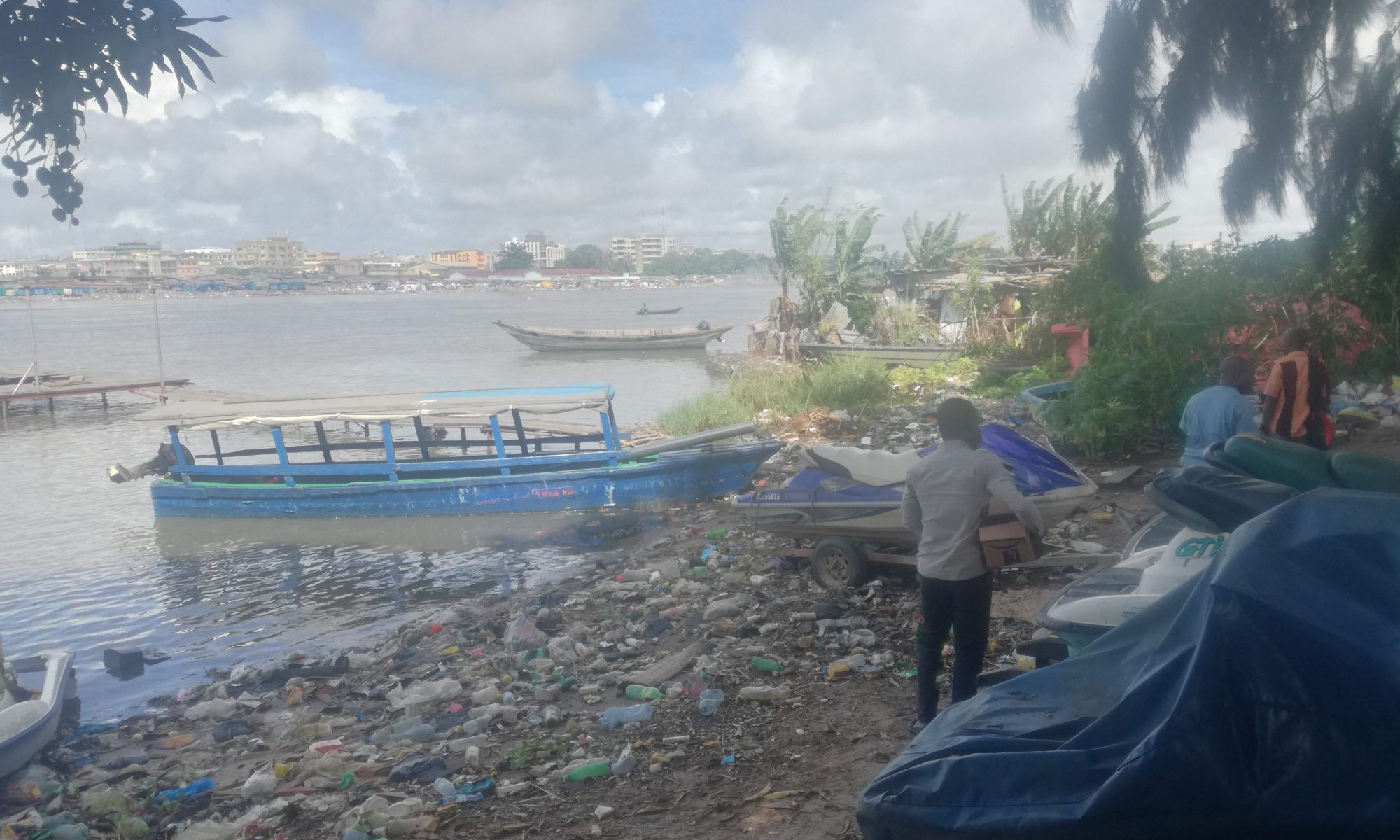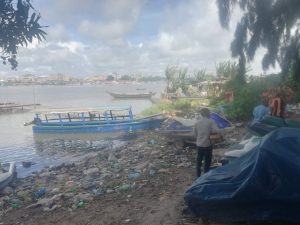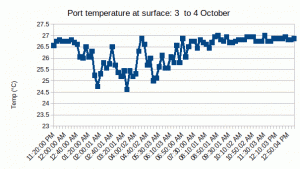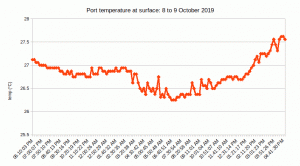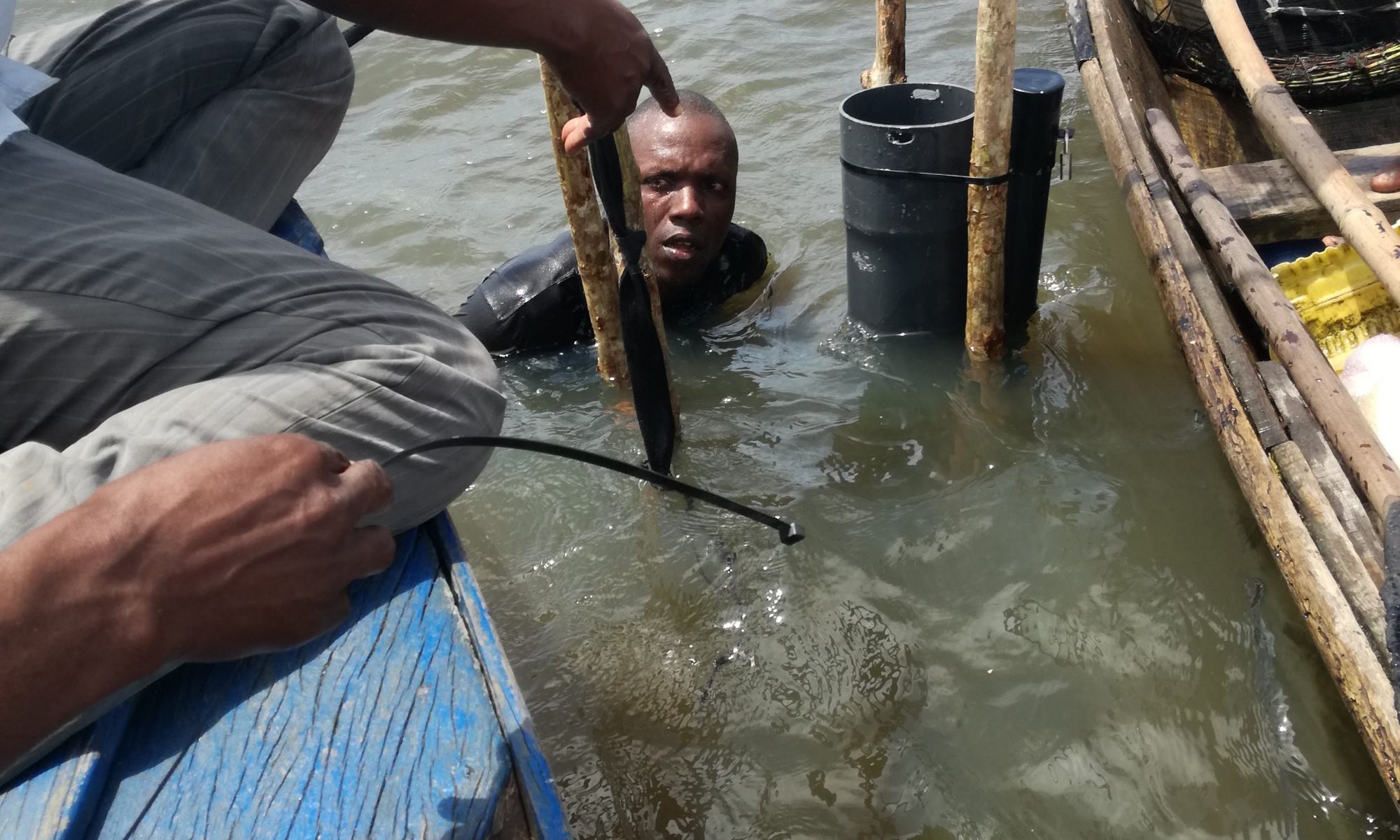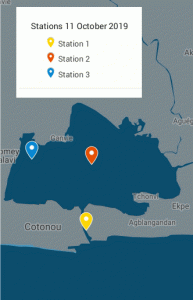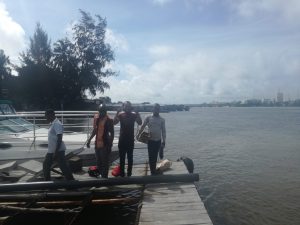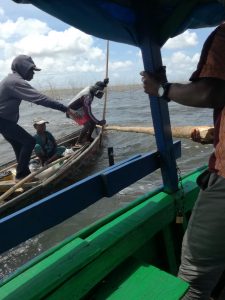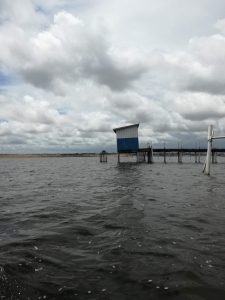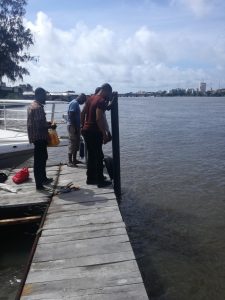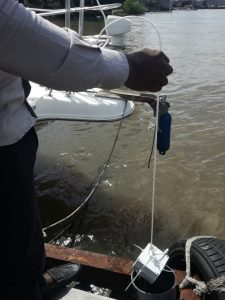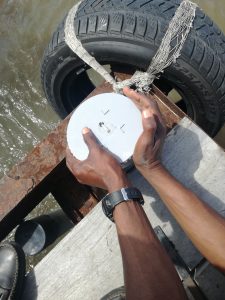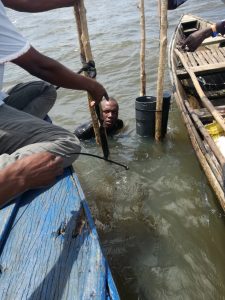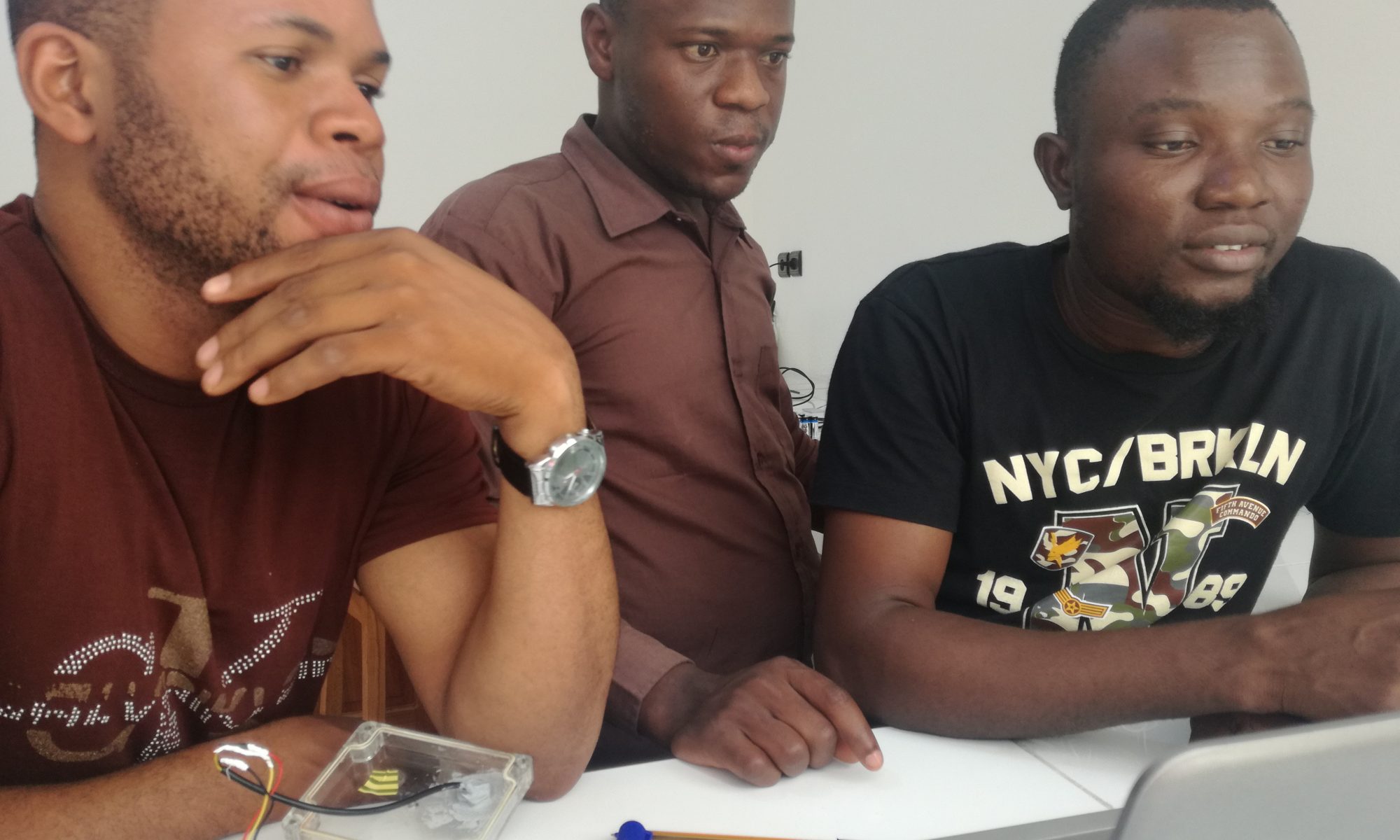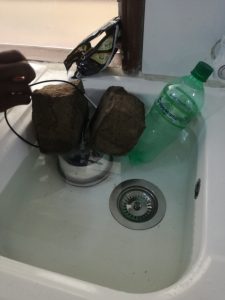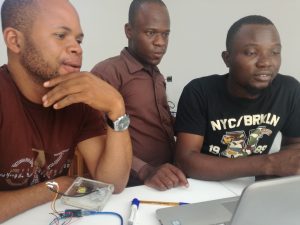The Lake Manyara Basin is a biodiversity hotspot that is also economically important in the context of local food supply and tourism. Different parties (local users, nature conservationists, politicians) have various interests, leading both to ecosystem threats and social issues linked to land and water use. The management concerns have been addressed in a study led by Luc Janssens de Bisthoven (CEBioS, Royal Belgian Institute of Natural Sciences) within the framework of UNESCO’s MAB (Man and Biosphere) programme aiming to sustainably develop sensitive areas. Water use and distribution, participation of all interested parties and governance were identified as key priorities to be developed in order to evolve towards a management that is owned by all parties involved and has a positive impact on the sustainable development of the Lake Manyara basin.
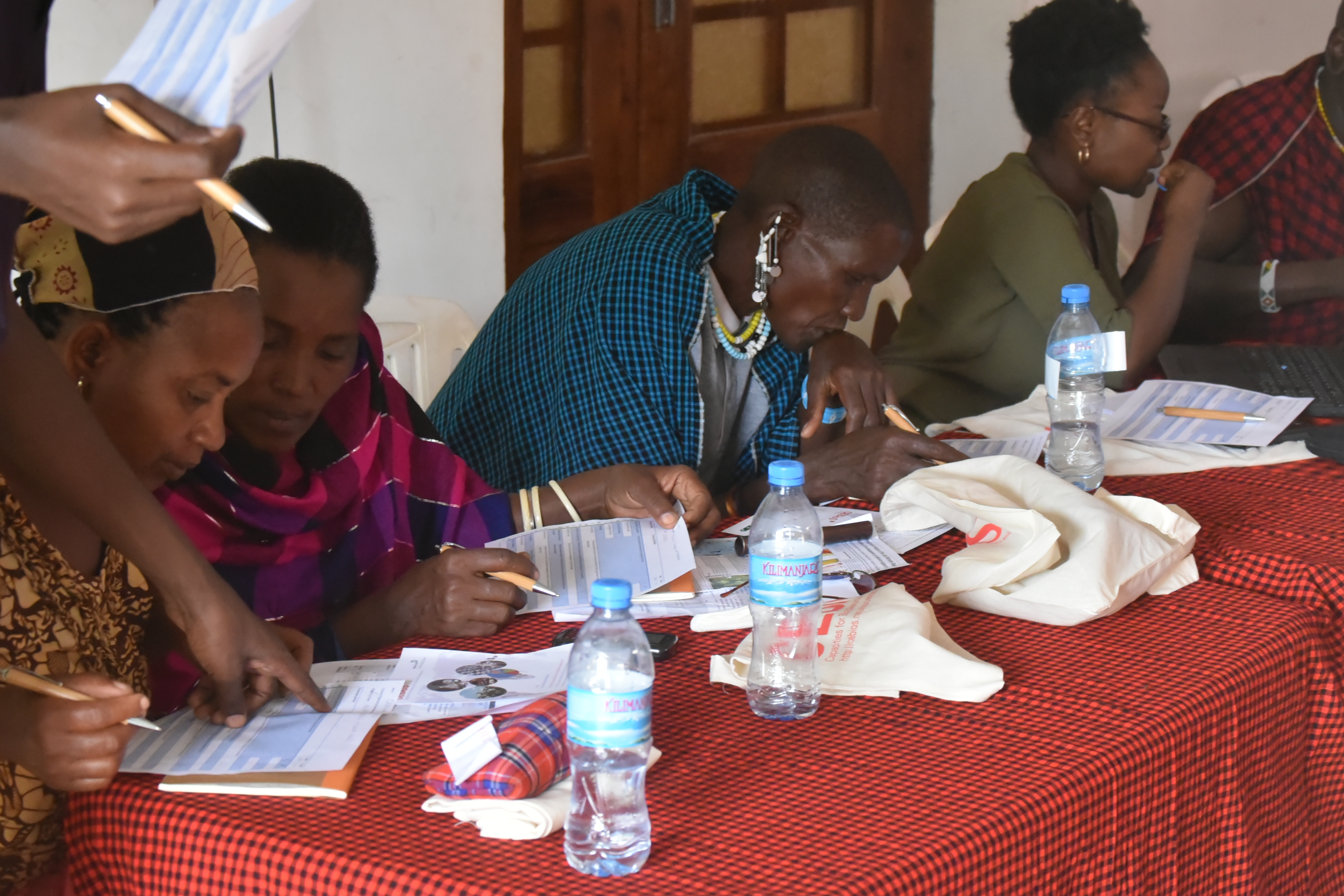
Lake Manyara is a shallow saline lake with a varying surface (maximum 480km2) in the heart of the Lake Manyara UNESCO Biosphere reserve in the Northern Tanzanian Rift Valley. It is situated in a closed basin with no natural outlet, that is being fed by 9 rivers. The Lake Manyara National Park is a well-known biodiversity hotspot. Being home to more than 390 bird species, it is classified as an Important Bird Area. Around 200 mammal species occur in the Park and a list of endangered fish species roam the waters.
The observation of natural diversity can also be combined here with visits to the iconic Maasai pastoralist communities. Therefore, it is no surprise that the Lake Manyara National Park is part of the famous ‘Northern safari circuit’ that attracts many tourists every year, contributing to the region’s economic development.
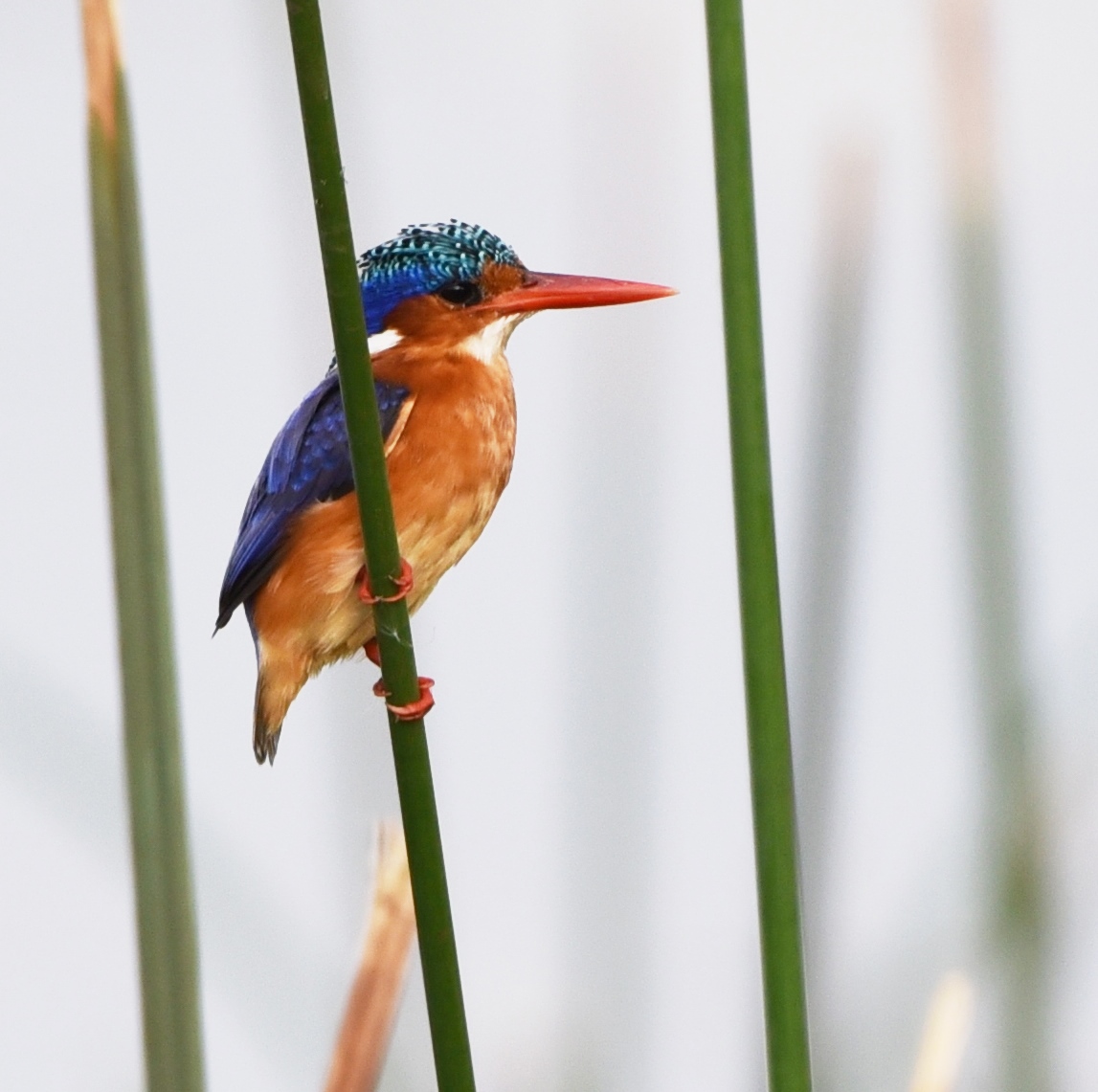
The Manyara Management Challenge
However, the management of this lake has proven to be a challenge since it is also an epicenter of human activity with about 18 000 inhabitants (2015 census) around the lake depending on it. The lake itself is used for fishing, the North and the rift valley to the South of the lake are characterized by irrigation agriculture, the uplands all over the catchment area are mostly used for rain-fed agriculture by various ethnicities, and the drier savannas are used for cattle grazing by pastoralists (mainly Maasai). While Lake Manyara is thus crucial to the region, it has been shown to suffer from issues of social, economic and environmental nature, such as decreasing water levels, erosion, and water and land conflicts.
The observed problems affect both the biodiversity (e.g. mass mortality of flamingos and other species that depend on the lake) and the social and economic situation. This creates a vicious circle in which water conflicts between livelihood groups and between humans and wildlife increase, and the revenue of tourism is also reduced. This in turn influences people’s acceptance of nature conservation actions.
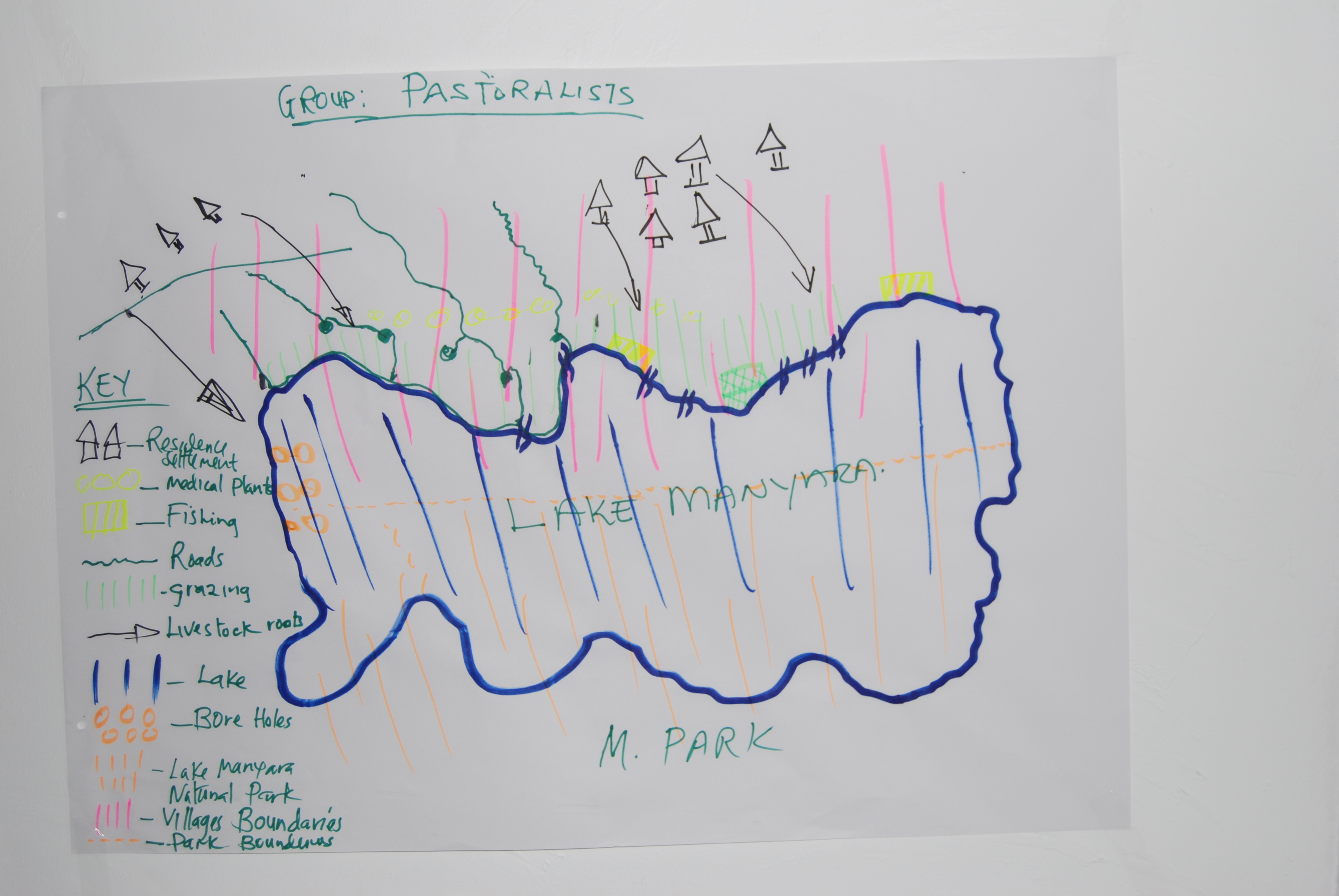
Identification of Issues and Solutions
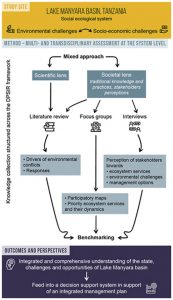 The challenge for scientists and managers lies in reconciling the needs of the local population with the need for the protection of biodiversity. The research that was conveyed in order to identify key actions for the development of the Lake Manyara Basin suggests a unique plural and multifocal approach. This was the outcome of two participative workshops in December 2015 and 2016 that gathered 40 participants and 13 structures from several scientific disciplines, NGOs, local user groups and managers. Together, the participants identified 12 issues which have to be addressed: demographical factors, siltation, erosion, river dry-up, deforestation, destruction of water sources, human activities near the lake, water capture before the water reaches the lake, heavy rainfall causing erosion, evaporation, trampling and grazing. Subsequently, a decision support system in service of an integrated management plan was suggested. The results were published in the Journal of Environmental Management in April 2020.
The challenge for scientists and managers lies in reconciling the needs of the local population with the need for the protection of biodiversity. The research that was conveyed in order to identify key actions for the development of the Lake Manyara Basin suggests a unique plural and multifocal approach. This was the outcome of two participative workshops in December 2015 and 2016 that gathered 40 participants and 13 structures from several scientific disciplines, NGOs, local user groups and managers. Together, the participants identified 12 issues which have to be addressed: demographical factors, siltation, erosion, river dry-up, deforestation, destruction of water sources, human activities near the lake, water capture before the water reaches the lake, heavy rainfall causing erosion, evaporation, trampling and grazing. Subsequently, a decision support system in service of an integrated management plan was suggested. The results were published in the Journal of Environmental Management in April 2020.
Co-management and Conservation
The analysis showed that water use and distribution, participation of all interested parties and governance are the aspects that should be prioritized. The fact that there is no dedicated Manyara water board and that the Manyara catchment basin is managed by different authorities (with different spatial and functional scales) leads to discrepancies in management options. This leaves the door open to a grey zone of interpretation and enforcement and may result in corruption and land use conflicts.
“Our study aims to provide a continuous boost to encourage all parties to mobilize adequate national and international policies and resources. This should be done in a context of trust or ‘honest advocacy’ to develop a decision support system with a holistic and transformative vision.” states Luc Janssens de Bisthoven, lead author of the paper and coordinator of the CEBioS programme (Capacities for Biodiversity and Sustainable development) of the Royal Belgian Institute of Natural Sciences. “This is the only pathway towards management owned by all parties involved and with a positive impact on the sustainable development of the Lake Manyara basin”.
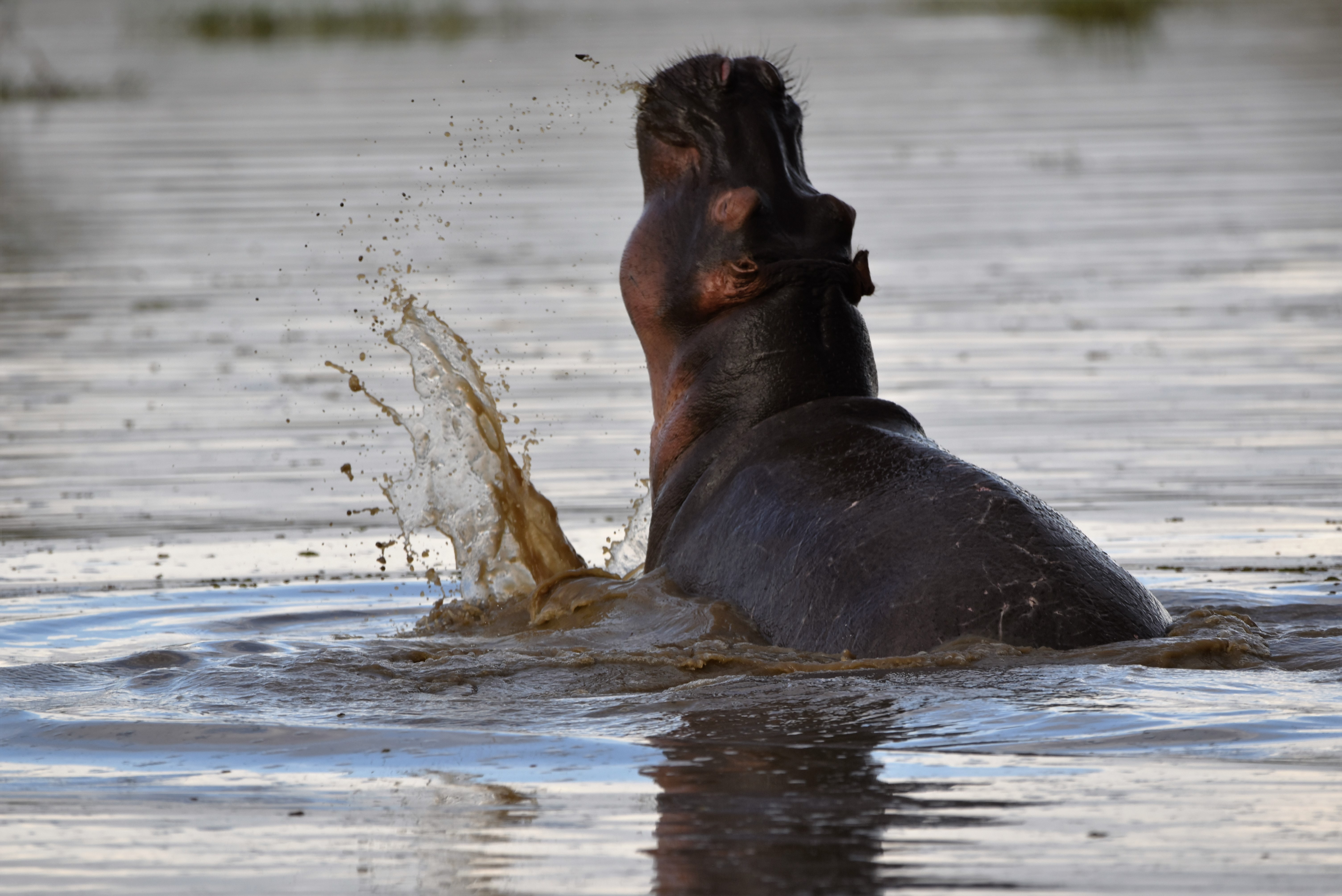
The paper on the social-economic situation of the Lake Manyara Biosphere Reserve in the Journal of Environmental Management is the outcome of a VLIR-UOS funded North South Project promoted by Prof. Luc Brendonck (KU Leuven) and co-promoted by Luc Janssens de Bisthoven (CEBioS), and part of the EVAMAB activities financed by BELSPO to support the UNESCO Man and the Biosphere Programme. The work also included researchers of UHasselt, the Open University of the Netherlands and others.

